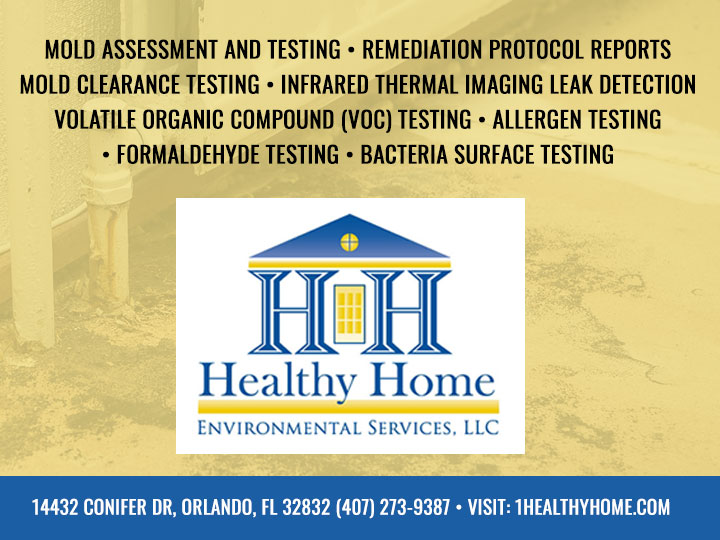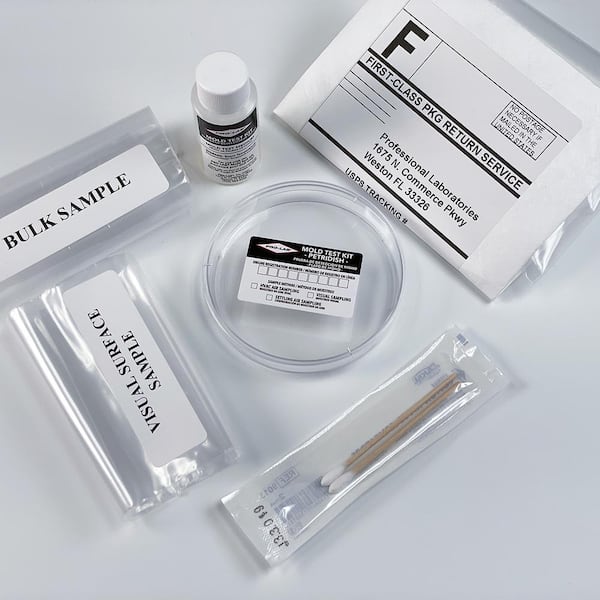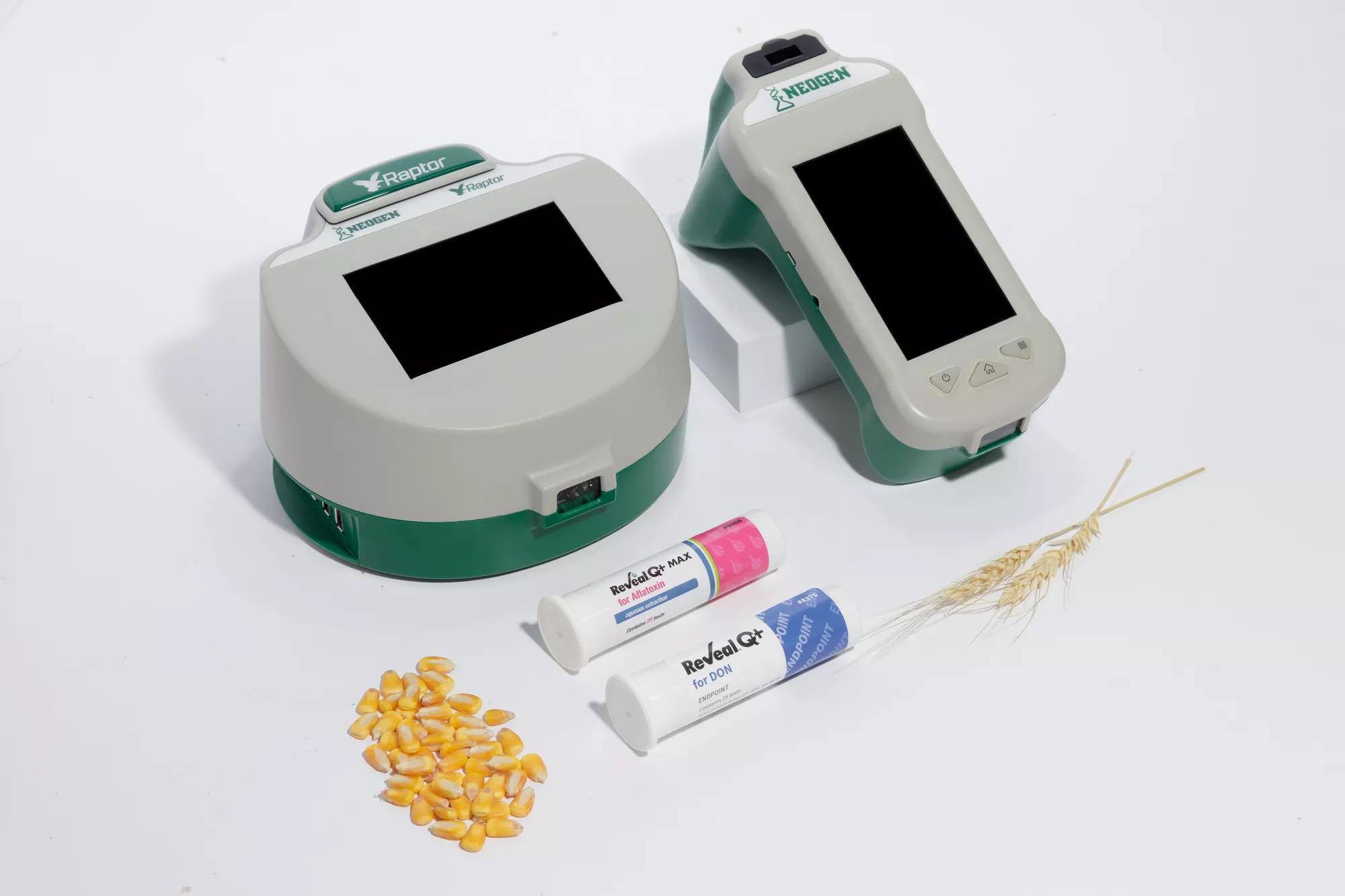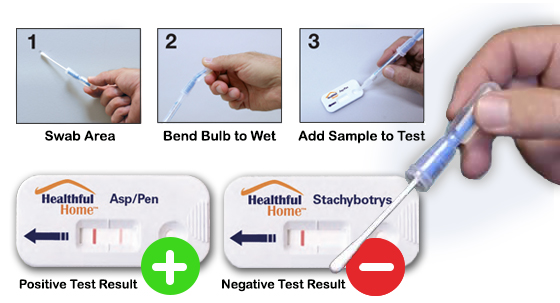Recognizing the Relevance of Dependable Mycotoxin testing Services
Recognizing the Relevance of Dependable Mycotoxin testing Services
Blog Article
How Mycotoxin Testing Assists Prevent Contamination and Guard Food Supplies

Mycotoxin screening is an essential technique in the food industry, functioning as a frontline defense against contamination by dangerous toxins created by molds. Via the application of sophisticated strategies like High-Performance Liquid Chromatography (HPLC) and Liquid Chromatography-Mass Spectrometry (LC-MS), food producers can precisely identify and evaluate mycotoxin degrees in farming items. This positive strategy not only ensures compliance with rigorous safety and security policies however also reduces health and wellness threats to consumers. Normal screening fortifies brand name credibility and monetary wellness by decreasing contamination-related occurrences. So, just how precisely do these screening procedures integrate right into the wider food security method?
Recognizing Mycotoxins
Understanding mycotoxins begins with acknowledging that they are harmful additional metabolites produced by specific mold and mildews, which can infect farming items. These metabolites are not essential for the growth or reproduction of the fungi however can have extreme implications for animal and human wellness. Mycotoxins are commonly located in staple plants such as corn, wheat, barley, and nuts, where they can proliferate under particular conditions of dampness and temperature level.
There are a number of types of mycotoxins, each produced by various fungal types. Fusarium types generate trichothecenes and fumonisins, both of which are linked with various intense and persistent health concerns.

Threats of Mycotoxin Contamination
The dangers of mycotoxin contamination are multifaceted, positioning significant threats to both food safety and public health and wellness. Mycotoxins, toxic substances created by particular types of fungi, can infect a variety of farming items consisting of grains, nuts, flavors, dried fruits, and coffee. As soon as these contaminants penetrate the food supply, they can bring about significant wellness concerns such as liver damages, kidney failure, and also cancer cells. At risk populations, consisting of children, the senior, and immunocompromised individuals, are especially at risk.
Economic influences are an additional major concern. Contaminated plants can lead to significant monetary losses for farmers and food manufacturers because of reduced yields and the need for costly purification actions. In addition, international profession can be considerably prevented as countries impose rigorous mycotoxin policies to safeguard their populaces, leading to rejected shipments and strained profession relations.
Environmental elements such as climate modification exacerbate the danger of mycotoxin contamination. Variations in temperature and moisture can produce positive conditions for fungal development, enhancing the possibility of contamination occasions. Hence, understanding and mitigating these dangers are important for making sure the security and stability of international food products.
Methods of Mycotoxin Checking
Properly determining mycotoxin contamination in farming products is important for securing public health and wellness and preserving food safety and security requirements. Various methods are employed to discover and measure mycotoxins, each offering specific benefits and restrictions.
High-Performance Liquid Chromatography (HPLC) is a commonly made use find this of approach due to its high sensitivity and precision. It involves separating mycotoxins from various other compounds in a sample, allowing exact quantification. Fluid Chromatography-Mass Spectrometry (LC-MS) incorporates liquid chromatography with mass spectrometry to offer in-depth molecular details, making it particularly valuable for recognizing multiple mycotoxins all at once.

Gas Chromatography-Mass Spectrometry (GC-MS) and Thin-Layer Chromatography (TENDER LOVING CARE) are also utilized, each with unique applications. GC-MS works for volatile mycotoxins, while tender loving care supplies a simpler, affordable choice for initial testing.
Advantages of Routine Checking
Regular testing for mycotoxins in farming items supplies countless benefits, substantially adding to public health and wellness and food safety. By recognizing contamination early, normal testing aids stop the circulation of toxic foods, thus decreasing the danger of mycotoxin-related diseases amongst customers. This aggressive method not only safeguards human health and wellness yet also improves the general high quality of food materials.
Various nations and areas have actually developed stringent restrictions for mycotoxin levels in food and feed. Sticking to these limitations through normal testing ensures that vendors and manufacturers meet lawful standards, therefore staying clear of fines and trade obstacles.
Furthermore, normal mycotoxin screening can bring about significant financial benefits. Early detection of contamination enables prompt treatment, minimizing potential losses Extra resources from prevalent contamination. Carrying out routine screening protocols can likewise reduce recall costs and associated obligations, which can be financially ravaging.
Furthermore, routine testing offers beneficial data that can inform much better agricultural techniques and storage conditions. By recognizing patterns of contamination, producers can take on safety nets, consequently adding and minimizing future dangers to the sustainability of the food supply chain.
Applying Checking Protocols
Applying reliable mycotoxin screening procedures is crucial for guaranteeing the security and quality of agricultural products. Each phase needs to be scrutinized to identify where mycotoxin contamination is most likely to happen.
As soon as important control points are recognized, choosing proper screening techniques is vital. Typical strategies include enzyme-linked immunosorbent assay (ELISA), high-performance liquid chromatography (HPLC), and mass spectrometry (MS) Each Home Page technique has its staminas and weaknesses; hence, picking the appropriate one relies on the particular mycotoxin being evaluated, the required sensitivity, and available sources.

Lastly, incorporating the screening procedures right into an extensive food safety monitoring system is advisable. This boosts traceability and enables swift rehabilitative activities when contamination is spotted, therefore guarding the stability of the food supply chain.
Final Thought
Mycotoxin screening is crucial in preventing contamination and safeguarding food products by allowing very early detection of harmful toxins created by mold and mildews in agricultural products. Regular testing enhances brand name reputation, economic security, and count on in food safety by lessening contamination-related losses and preserving high criteria in food production.
Mycotoxin testing is an indispensable practice in the food sector, serving as a frontline defense against contamination by dangerous contaminants created by molds. An incorporated technique entailing agricultural practices, storage space monitoring, and regular screening can minimize the threats linked with mycotoxin contamination, making sure food safety and security and public health.
The dangers of mycotoxin contamination are complex, presenting considerable hazards to both food safety and security and public health and wellness.Routine screening for mycotoxins in farming products provides numerous benefits, significantly contributing to public health and wellness and food safety and security.Mycotoxin testing is vital in preventing contamination and securing food supplies by allowing very early detection of hazardous contaminants produced by molds in agricultural products.
Report this page